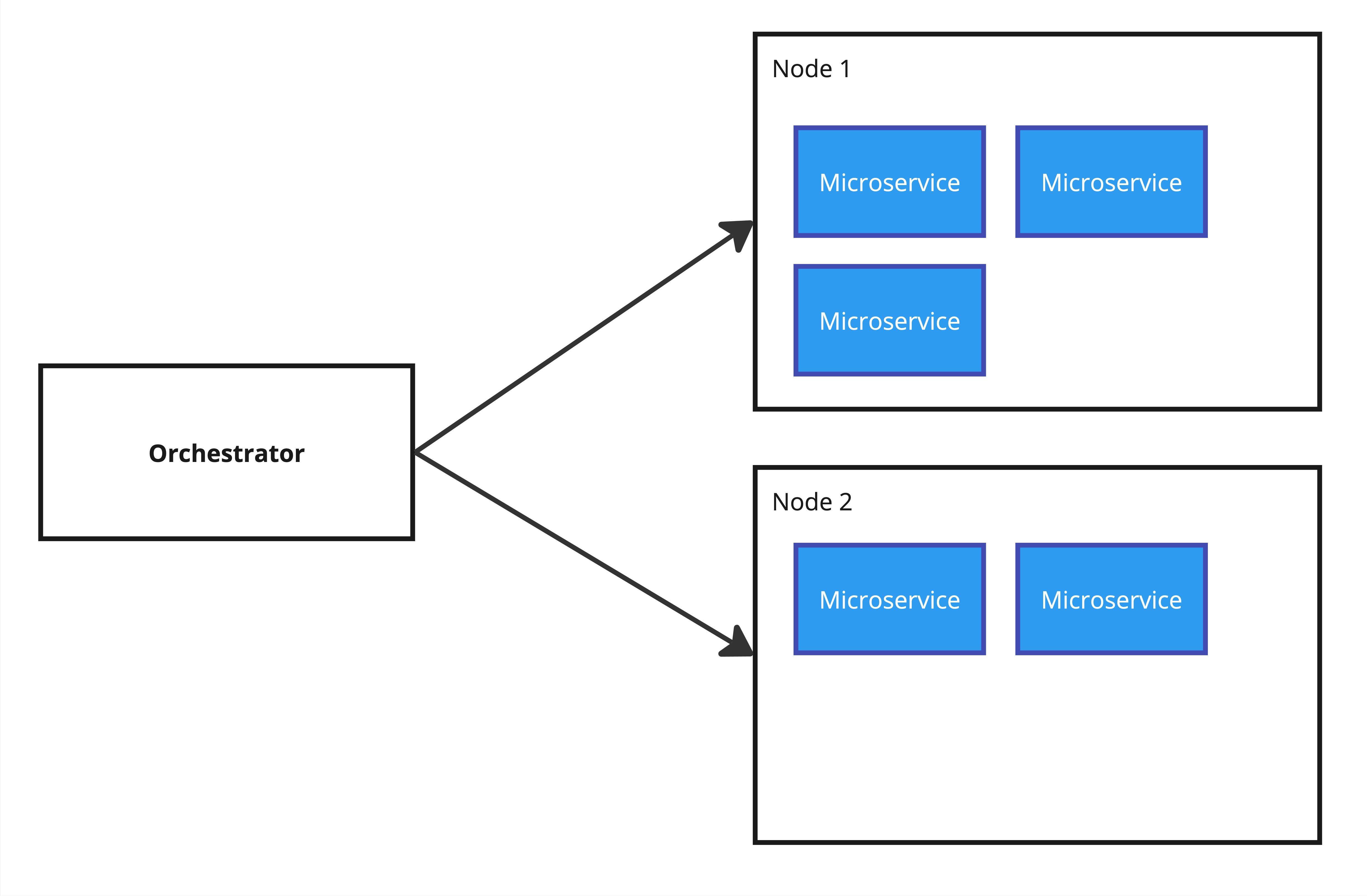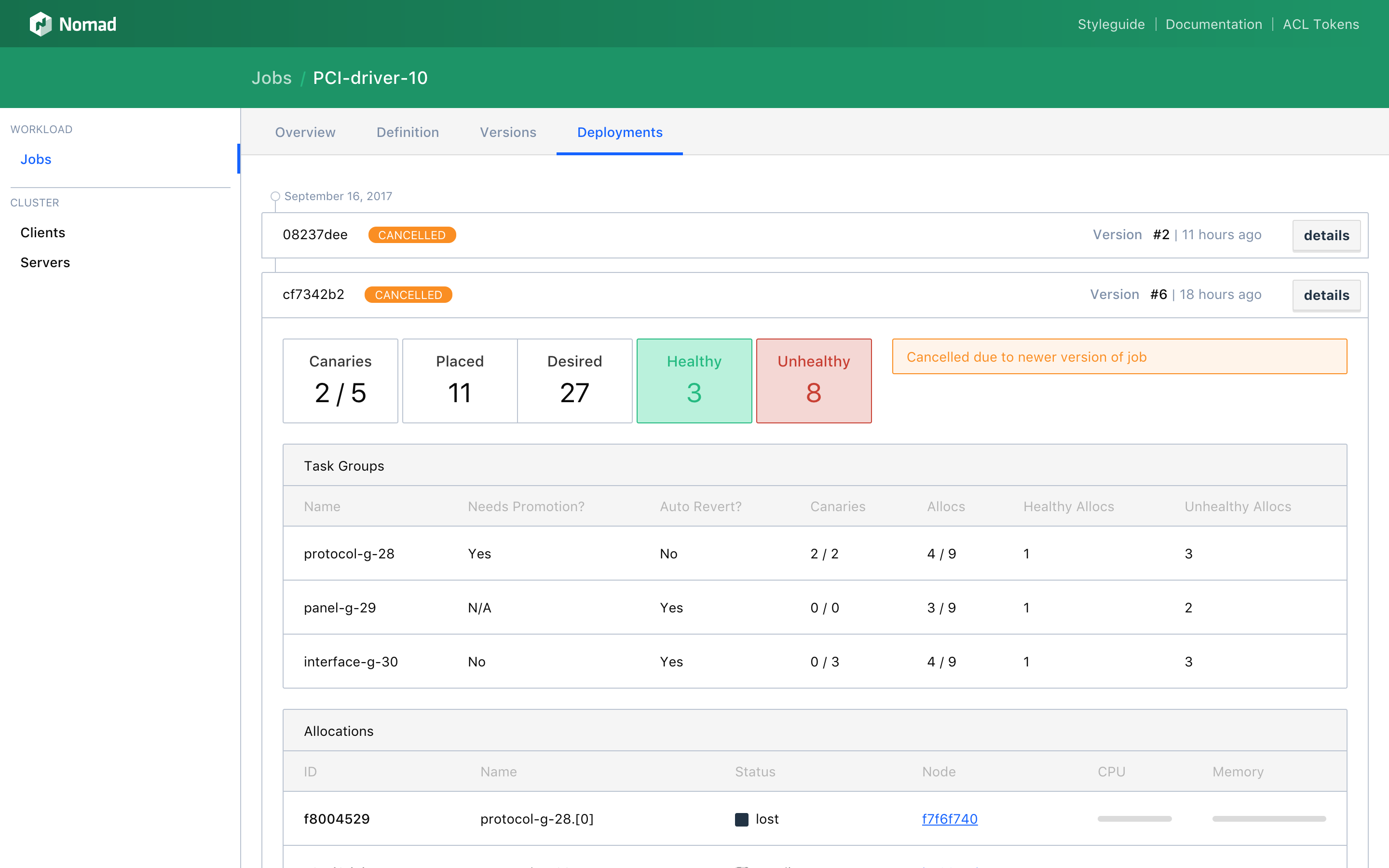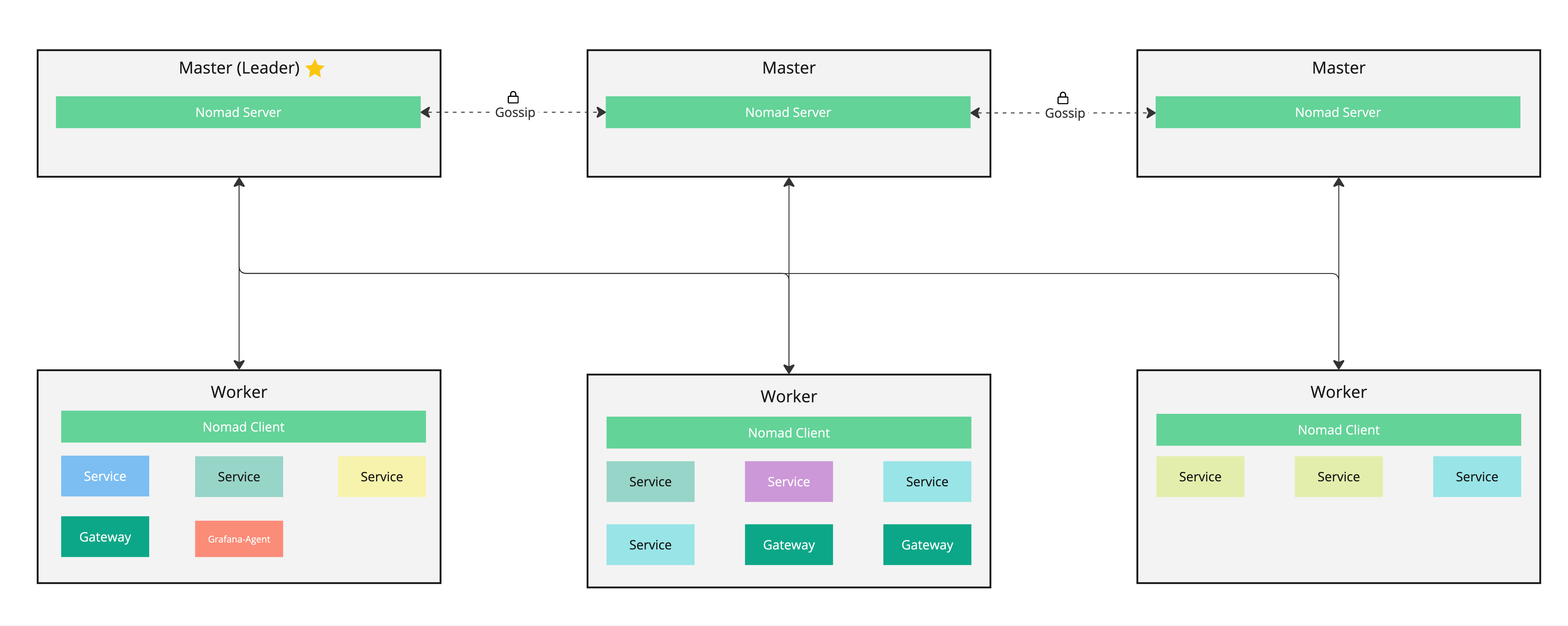Are your microservices turning into a monstrous headache? You’re not alone. While microservices are the darlings of modern software architecture, promising scalability and agility, they can quickly become a complex beast to manage. As your ecosystem of services grows, deployments become tangled, resource allocation turns into a guessing game, and keeping everything running smoothly feels like an uphill battle. This is where orchestration enters the picture, and HashiCorp Nomad might just be the tamer you need.
The Orchestration Imperative: Why You Need to Control the Chaos
In a microservices architecture, each service is a self-contained unit responsible for a specific business capability. This modularity brings numerous benefits:
- Agility: Teams can develop, deploy, and update services independently, accelerating development cycles.
- Independent Scaling: Scale only the services that need it, optimizing resource usage.
- Fault Isolation: If one service fails, it doesn’t bring down the entire application.
However, with dozens or even hundreds of microservices running concurrently, manual management becomes impractical and error-prone. Imagine trying to deploy updates across a hundred different services manually, or figuring out where to allocate resources when traffic spikes. It’s a recipe for disaster.
Orchestration tools automate the deployment, scaling, and management of these microservices, ensuring:
- Efficient Resource Utilization: Orchestrators dynamically allocate resources to microservices based on demand, optimizing infrastructure usage and reducing costs. For example, after implementing Nomad, we saw a reduction in infrastructure costs of approximately 15% due to more efficient resource allocation.
- High Availability and Scalability: Orchestrators automatically handle service scaling and failover, ensuring high availability and responsiveness even during peak loads or unexpected disruptions. Nomad’s automatic rescheduling of failed jobs has drastically improved our application’s resilience.
- Simplified Deployment and Management: Orchestrators provide a centralized platform for deploying and managing microservices, reducing the operational overhead and minimizing the risk of human error. Rolling out a new service version across our cluster used to take hours; now, with Nomad, it’s done in minutes with automated deployments.

Nomad: The Orchestration Maestro for the Modern Age
HashiCorp Nomad is a flexible and lightweight orchestration tool that simplifies the deployment and management of microservices, especially in a containerized environment. It excels in orchestrating Docker containers, providing features like:
- Job Scheduling and Management: Nomad allows you to define your microservices as jobs, specifying the Docker image, resource requirements (CPU, memory), and scaling parameters. Nomad then intelligently schedules these jobs across your cluster, ensuring optimal resource allocation and high availability.
job "my-microservice" {
datacenters = ["dc1"] # Specify the datacenter
group "web" {
count = 3 # Run 3 instances of this service
task "server" {
driver = "docker" # Use the Docker driver
config {
image = "my-company/my-microservice:v1.2.3" # Docker image to use
ports = ["http"]
}
resources {
cpu = 500 # 500 MHz
memory = 256 # 256MB
network {
mbits = 10
port "http" {
to = 8080
}
}
}
service {
name = "my-microservice-web"
port = "http"
check {
type = "http"
path = "/health"
interval = "10s"
timeout = "2s"
}
}
}
}
}
- Service Discovery and Health Checks: Nomad provides built-in service discovery, allowing microservices to easily locate and communicate with each other through a simple service name. It also performs health checks to identify and automatically recover from service failures. If a service instance becomes unhealthy, Nomad automatically reschedules it, ensuring minimal downtime. We use HTTP and gRPC health checks.
- Deployment Automation: Nomad integrates seamlessly with popular CI/CD pipelines like Jenkins, GitLab CI, and GitHub Actions, enabling you to automate the deployment of new service versions and updates. This eliminates manual intervention and speeds up your release cycle.
- Multi-Cloud and On-Premises Support: Nomad can be deployed on various cloud platforms (AWS, Azure, Google Cloud) and on-premises infrastructure, giving you the flexibility to choose the environment that best suits your needs.

Our Journey with Nomad: From Chaos to Control
At my company, we embraced Nomad to orchestrate our growing collection of microservices, each running in a Docker container. Before Nomad, we struggled with manual deployments, inconsistent resource allocation, and difficulty scaling our services to meet demand. We needed a solution that could automate these processes and provide a unified view of our infrastructure.
We chose Nomad for its simplicity, flexibility, and strong focus on container orchestration. Our on-premise cluster consists of three master nodes for high availability and six worker nodes to run our microservices. The master nodes run the Nomad server, responsible for job scheduling and cluster management, while the worker nodes run the Nomad client, executing the scheduled jobs.

The implementation process was surprisingly smooth. We started by containerizing our existing microservices and then defining them as Nomad jobs. Each microservice is defined in a dedicated job file, specifying its Docker image, resource requirements, health checks, and scaling parameters. Our CI/CD pipeline is integrated with Nomad, so whenever a new version of a microservice is built, the pipeline automatically triggers Nomad to execute the corresponding job file. This deploys or updates the microservice across our cluster without any manual intervention.
Nomad has been instrumental in streamlining our microservices operations. Its ease of use, flexibility, and powerful features have empowered us to:
- Reduce deployment time by over 80%: Automated deployments with Nomad have drastically reduced the time it takes to release new features and updates.
- Improve application uptime: Nomad’s automatic failover and rescheduling capabilities have significantly improved our application’s resilience.
- Gain better visibility: The Nomad UI provides a clear overview of our cluster, job status, and resource utilization.
One of the features we rely on heavily is Nomad’s service discovery. It allows our microservices to easily find and communicate with each other without needing to hardcode IP addresses or hostnames. We also leverage Nomad’s health checks to ensure that only healthy service instances are serving traffic.
Getting Started with Nomad: Your First Steps
Ready to take the reins and tame your microservices? Getting started with Nomad is easier than you might think. Here’s a quick overview:
- Installation: Download and install Nomad on your servers (master and worker nodes). The official Nomad documentation provides detailed instructions for various operating systems.
- Configuration: Configure the Nomad server and client agents on your nodes. This involves setting up networking, security, and other parameters.
- Define a Job: Create a job file (like the example above) for a simple Dockerized application. Specify the Docker image, resource requirements, and any other desired settings.
- Run the Job: Use the
nomad job runcommand to submit your job file to the Nomad cluster. - Monitor: Use the Nomad UI or CLI to monitor the status of your job and ensure it’s running successfully.
The Future of Microservices: Orchestrated Harmony
Microservices have undoubtedly transformed the software development landscape, but they also bring their own set of challenges. HashiCorp Nomad provides a powerful and user-friendly solution to orchestrate these microservices, enabling you to harness their full potential without sacrificing operational efficiency. By automating deployment, scaling, and management tasks, Nomad frees your team to focus on innovation and deliver exceptional software experiences. As we continue to evolve our microservices architecture, Nomad will remain a central component of our infrastructure, ensuring that our services are running smoothly, efficiently, and at scale. We are exploring the use of Nomad’s advanced features, such as its integration with Consul for service mesh capabilities, to further enhance our microservices platform.
Are you ready to tame your microservices beast? Give Nomad a try, and experience the power of orchestrated harmony.
